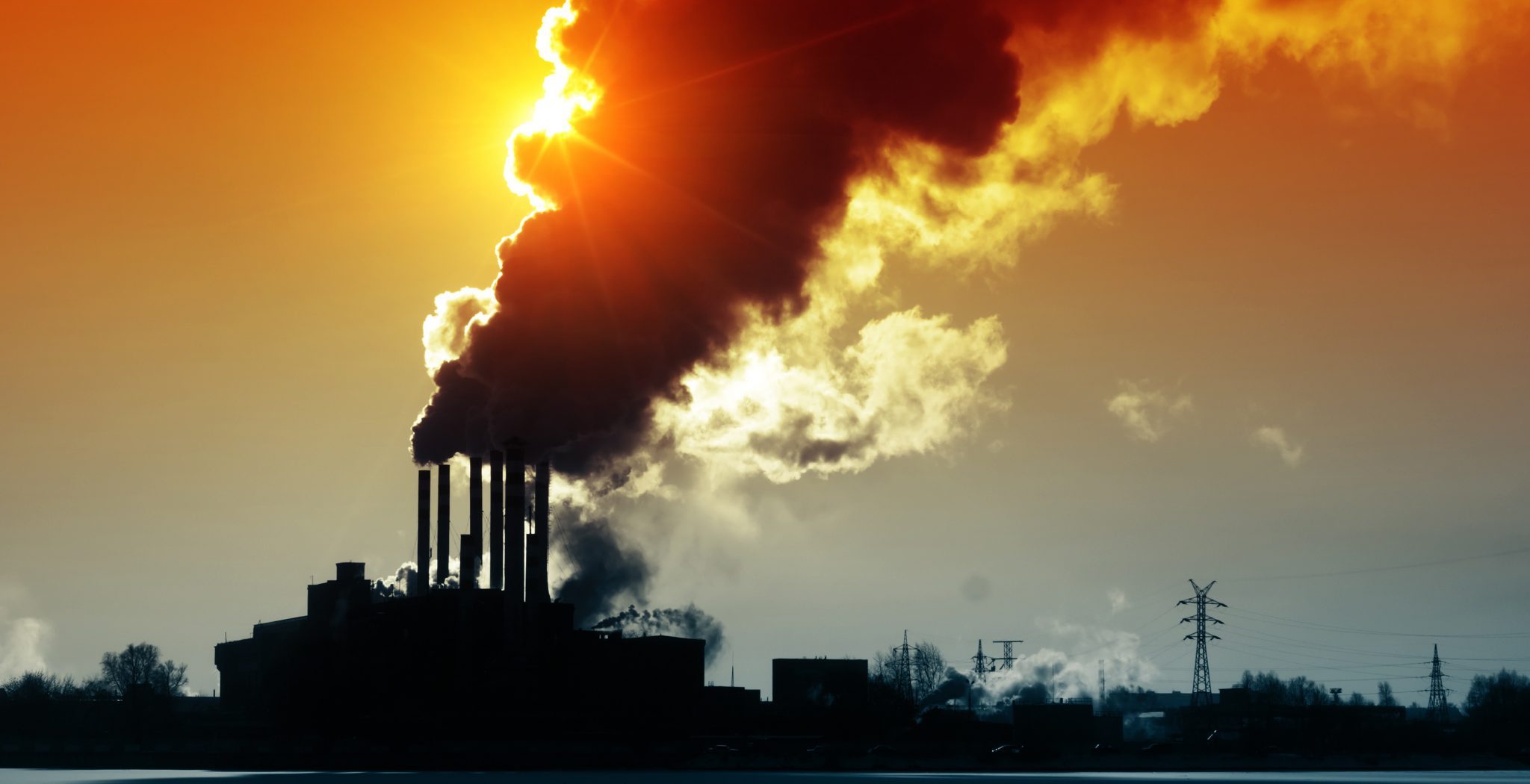
This is only my opinion, and not the representation of Saintel Daily, LLC.
The New York Times Magazine has been teasing us with an interesting issue over the last few days. They are considering the possibility that “we” had an opportunity to address climate change back in the 1980s, but “we” failed to do anything. What’s great about this discovery by the New York Times Magazine is that is the timing. It couldn’t be better considering the Trump administration’s proposal to roll back fuel economy targets. Of course, when I say “we”, I don’t actually mean you and I in the literal sense, but we do have an obligation when it comes to voting. What do I mean, exactly? It’s very important to vote people into office who are going to take certain issues seriously – and not just lie down.
More specifically, though, the auto industry started to research this issue in the early 1980s. They were aware of the potential catastrophes that could occur if climate change was not addressed. The sad part, as you’re well aware, is that no corrective action has occurred. What might be the worst part about this is that everyone – politicians, industry folks, scientists, researchers etc., all agreed that climate change was going to end up really bad. Much like today, though, there wasn’t the will to put a stop to it, and that’s why we are in this place today.
What’s also really great about the New York Times Magazine piece is that it emphasizes the fact that we are already living in this post-dystopian nightmare. The journalist – Nathaniel Rich – definitely blames everyone. Is that fair? I think so. When it comes to these kinds of initiatives, we all have to do our part. Rich highlights a couple of noteworthy examples:
The American Petroleum Institute, after holding a series of internal briefings on the subject in the fall and winter of 1988, including one for the chief executives of the dozen or so largest oil companies, took a similar, if slightly more diplomatic, line. It set aside money for carbon-dioxide policy — about $100,000, a fraction of the millions it was spending on the health effects of benzene, but enough to establish a lobbying organization called, in an admirable flourish of newspeak, the Global Climate Coalition. It was joined by the U.S. Chamber of Commerce and 14 other trade associations, including those representing the coal, electric-grid and automobile industries.
The G.C.C. was conceived as a reactive body, to share news of any proposed regulations, but on a whim, it added a press campaign, to be coordinated mainly by the A.P.I. It gave briefings to politicians known to be friendly to the industry and approached scientists who professed skepticism about global warming. The A.P.I.’s payment for an original op-ed was $2,000.
Later that year, however, many respected scientists began saying that the evidence doesn’t warrant the “doomsday warnings”. It was this information that began to appear in articles on climate change. It was also this information that started to persuade people otherwise. And that, my friends, is why we are in the boat that we’re in right now. For the entire (and amazing) story, please head over to the New York Times. It’s no surprise though that the Trump administration is taking advice from scientists in the 1980s. Unfortunately, his stance on the environment is going to set America back, big time, and it’s going to affect everyone.



